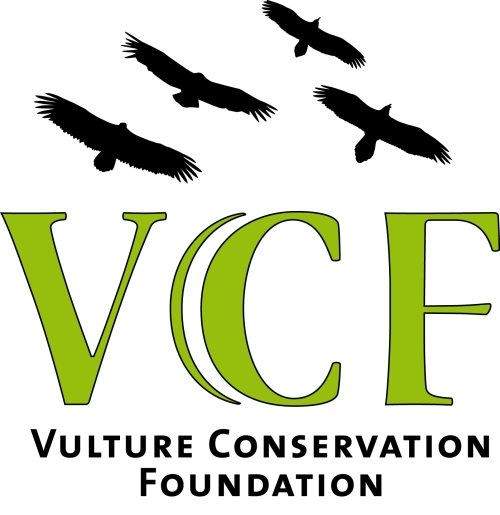By the 3rd of January a total of 29 eggs had been laid in the bearded vulture captive breeding network – managed by the VCF under the auspices of the EAZA (European Association of Zoos and Aquaria). This compares with 30 eggs laid last year on the same date. Most of the eggs have been laid in the specialized captive-breeding centres – 12 in Guadalentin (Andalusia), 5 in Haringsee (Austria) and 2 in Vallcalent (Catalonia), but bearded vulture pairs in Bulgaria (Green Balkans wildlife rehabilitation centre), Czech Republic (Liberec zoo) and Armenia (Yerevan Zoo) have also laid eggs, among others.
Bearded vultures are one of the earliest breeders in Europe – their timing perfectly adapted to have chicks in early spring, when many of the mountain herbivores on which they feed (when they die) have their first births – and birth complications!
The Vulture Conservation Foundation is the coordinator of the bearded vulture European Endangered Species Programme (EEP), a collaborative and coordinated network of 40 zoos, wildlife parks, specialized breeding centers and private collections, that aims to breed the species in captivity for conservation purposes. Young resulting from captive breeding are then released in our reintroduction projects in the Alps (including the westernmost Pre-Alps sites of Baronies and Vercors), Andalucía, the Grands Causses and Corsica. Many of these releases happen within the LIFE GYPCONNECT project, that aims to connect the Alpine with the Pyrenean population.
Last year 39 breeding pairs laid a total of 67 eggs, from which 25 young fledged, and 18 were released – a new record
In 2018 a new reintroduction project is starting – in the Maestrazgo-Els Ports region of southern Spain, so we need to produce a large number of young to be able to release good numbers in nature in all the reintroduction projects, while keeping back some birds for captive breeding – to address sex ration and genetic diversity.
The bearded vulture captive breeding network is a fantastic collaborative effort between many people and organisations – and is at the base of the successful reintroduction projects that are restoring the populations of this species across its former range. The VCF coordinates the whole process, providing technical support, transporting birds across the network, trying to maximise the establishment of new pairs, improving the husbandry, and reducing mortality, and improving breeding productivity.
Three of the eggs have already been lost – in two cases because the breeding females are too old (40 years old) – it is known that egg quality decrease with age – however, both females are very experienced breeding birds which have been used as foster parents in the past, so they have immediately received dummy eggs, to get them ready for any possible adoption in the coming weeks. The third female is also an experienced and successful breeding bird, but younger. Surprisingly this season she laid a single egg, which broke after 3 weeks incubation. Immediately the pair started again to mate, so we expect that she will lay again in the coming weeks.
In the cases when eggs need to be incubated artificially, we use a successful technique – thermal shock: eggs are 4 times/day removed from the incubator and exposed to outside temperature during 5 minutes, and the clutch is manually turned 180º. This technique has improved significantly hatching success (the picture shows a clutch during its thermal shock). This clutch was removed by one of the pairs hosted in Vallcalent, because the female limps on her right leg, and was unable to build an adequate nest bowl, so the eggs were rolling free in the nest what increased the probability of breaking.
Alex llopis, who is managing the captive-breeding programme, described how one female at Vallcalent laid her egg. “Yesterday at 12:35 our old breeding pair finally laid its 1st egg. Unfortunately, again the egg was buried under the wool by the female and at 15:55 it was removed and artificially incubated. On Saturday morning when I was in the center the female was still not showing any signs to lay, but in the afternoon the staff from the center informed me that the female was very active with the nest. So yesterday morning I went and she was still in the nest. I could follow her through a remote camera. At 12:30 she suddenly started to breath intensively with strong expirations and the male was preening her tail feathers. At 12:35 she stopped to breath intensively and 2 minutes later she stood up and an egg was present. At 15:00 I was again informed by the staff from the center that no bird was incubating in the nest and the egg was not visible…So a nest control was done and I could find the egg completely buried under the wool. The pair started again to mate”.
The VCF would like to thank all the many tens of dedicated individuals who are watching and caring, night and day, for these wonderful vultures, with the hope that at least some of them will soon fly high above on the European skies.
Photos: VCF







